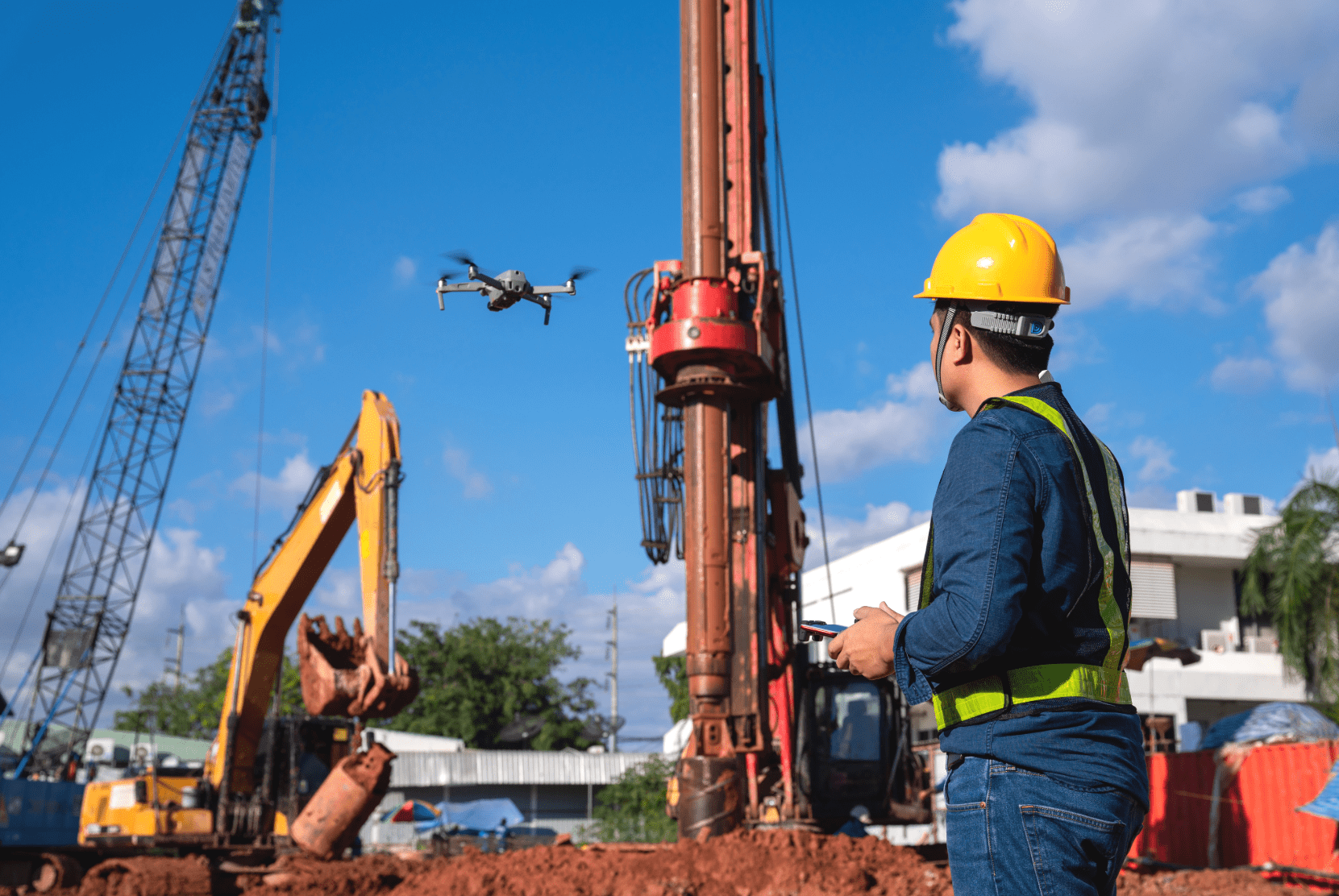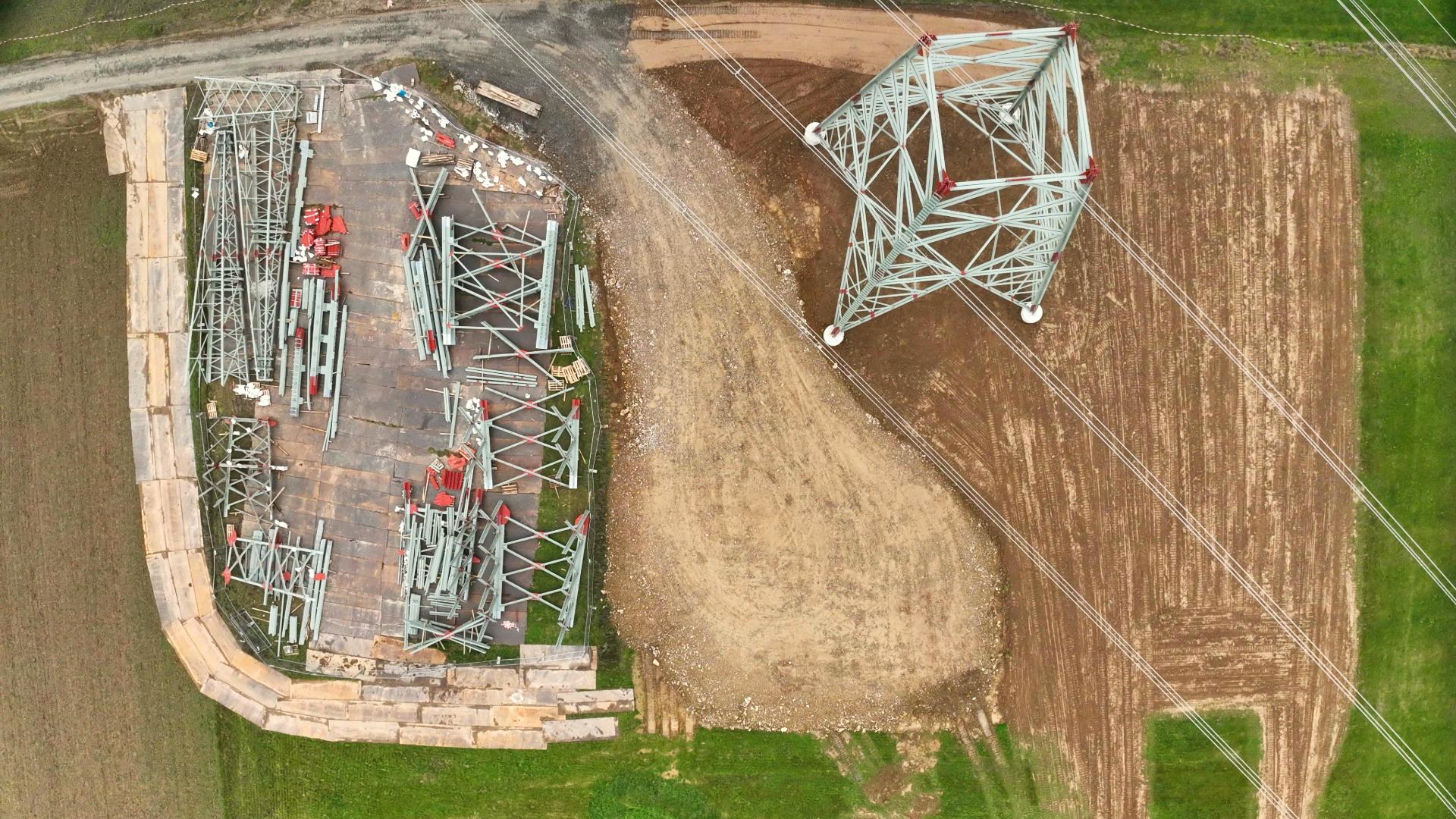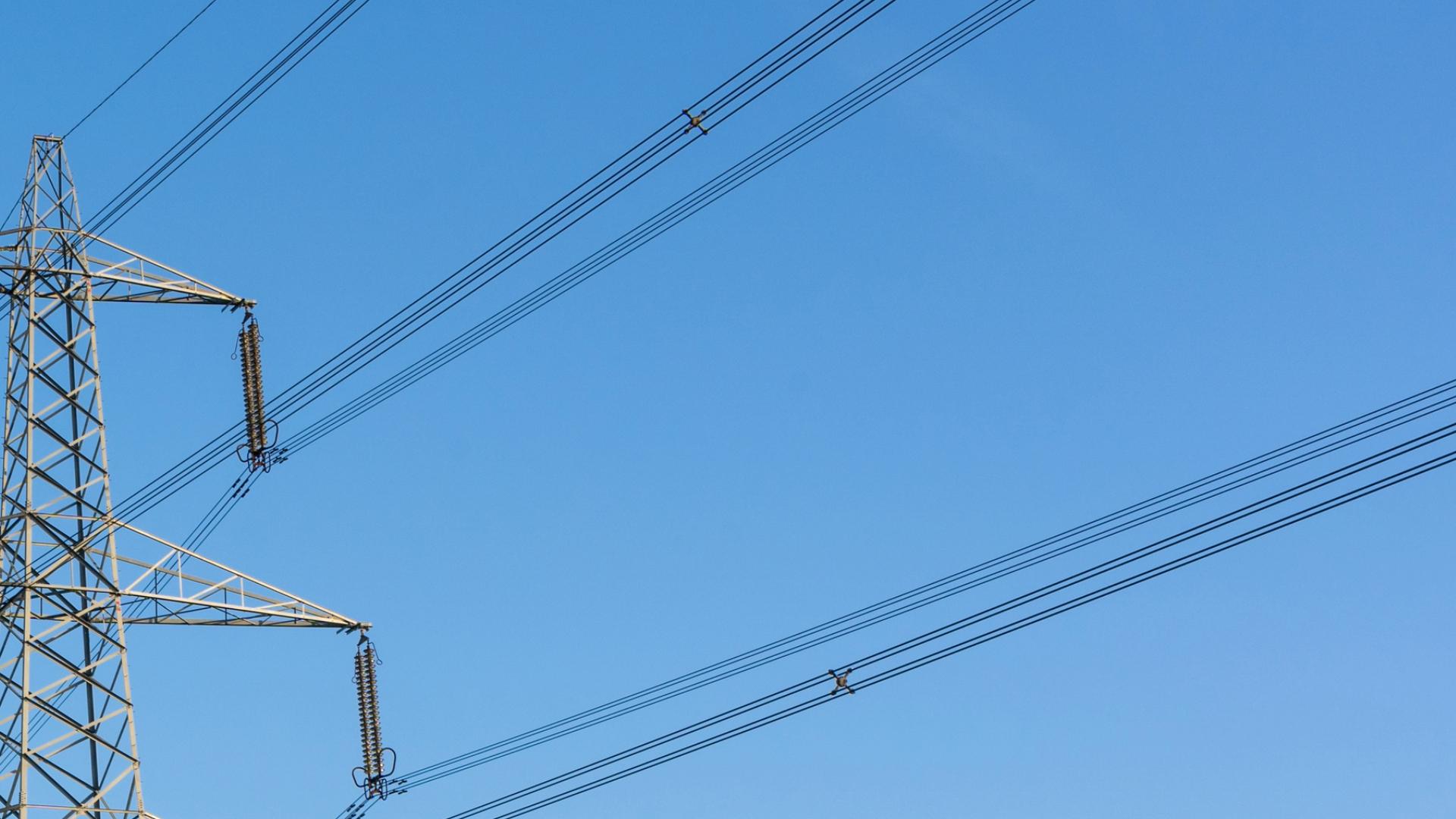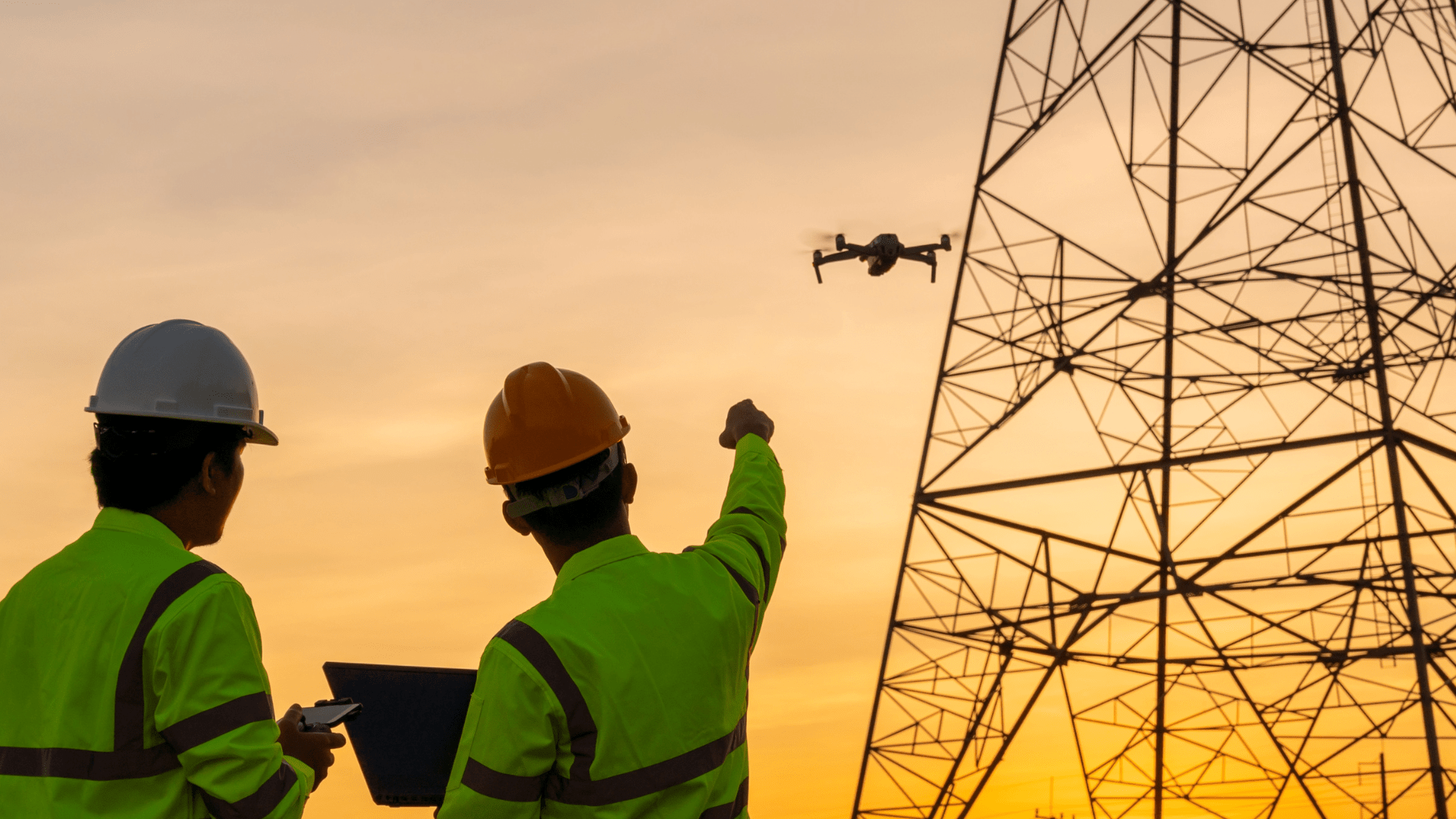FlyNex enabled the first drone project of its kind with Mitteldeutsche Netzgesellschaft Strom mbH (MITNETZ STROM) this January.
Last week, technical history was made south of Leipzig. We let a drone fly automatically, without active pilots and out of direct visual contact. For inspection purposes of power lines and pylons, it flew over a distance of about 20 kilometers.
The aircraft checked a total of 70 power poles with a camera to record cable damage, bird’s nests, and the system numbers of the power poles. For this purpose, artificial intelligence was used, which independently evaluated the recordings.
To make this possible, FlyNex pilots flew a month before, a total of 16 masts at the Altenburg area, south of Leipzig. During this flight, they were able to create more than 3.000 pictures. So the artificial intelligence could “learn” in advance.
“We have known for some time that BVLOS flights, flights outside of the visual range, are possible. This is exactly where drones bring an enormous economic advantage. Electricity pylons and overhead power lines or even gas pipelines are predestined for this type of inspection from the air,” explains Michael Petrosjan, our CFO.
Project meets approval
Over 20 experts worked together on the project. Among others, geoscientists, pilots, and drone specialists from FlyNex were involved in the conception.
The idea behind it: To be able to perform automated inspection flights of drones throughout Germany in the future. For this purpose, the digital software solution from FlyNex was used for planning and flying the drone. During the 45-minute mission, MITNETZ STROM was able to follow the flight in a livestream. In addition to the project teams of MITNETZ STROM and FlyNex, media and residents were also on-site to observe the mission.
“We would not have expected that this project would generate such a large and, above all, positive interest among the people”, said Jens Hache, MITNETZ STROM’s project manager.
A special octocopter, an 8-rotor drone, was used for the flight, which produced over 60 images per minute. The artificial intelligence then directly evaluated the images. Different types of masts and various conditions on the ground, such as forest, residential, and commercial areas, made this project very exciting in this form.
What comes next?
FlyNex is planning further flights of this kind this year and has recently started cooperating with other companies and projects in the construction and renewable energy sectors. Special projects in nature conservation are also planned.
Your FlyNex team




